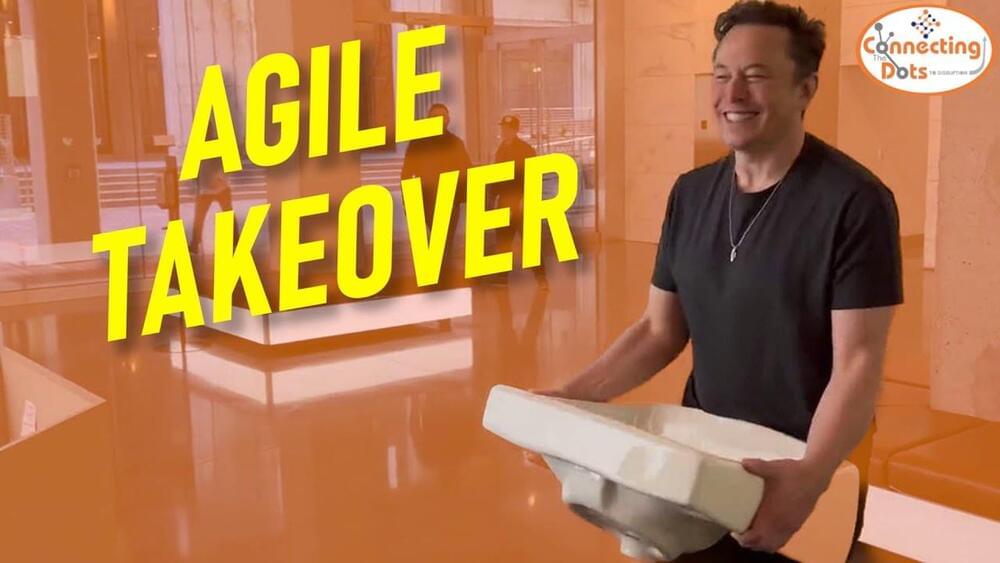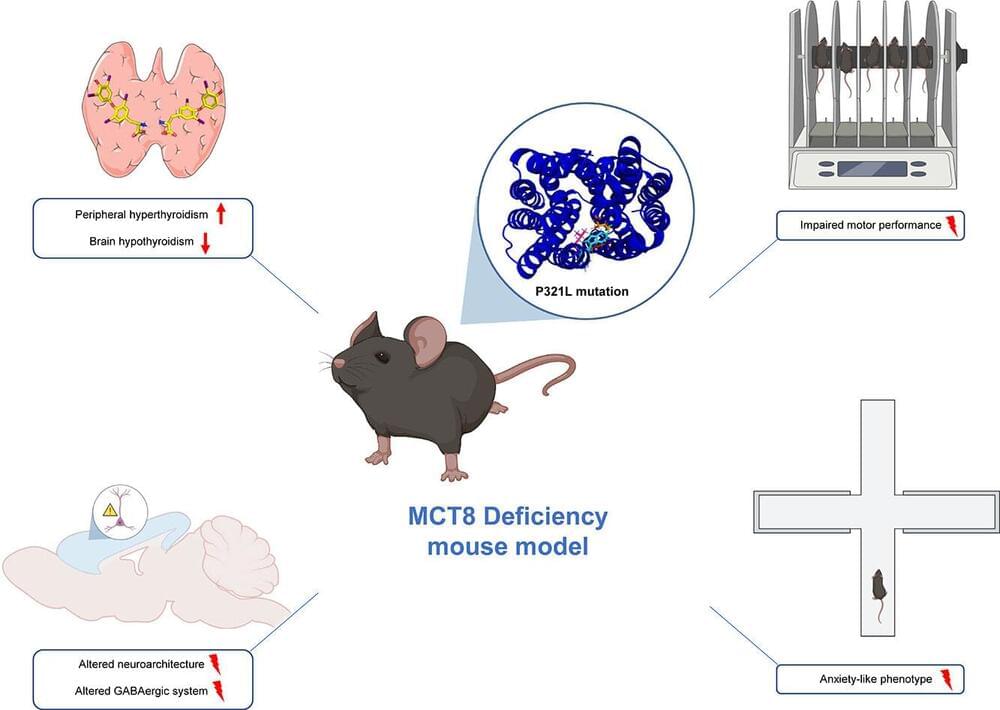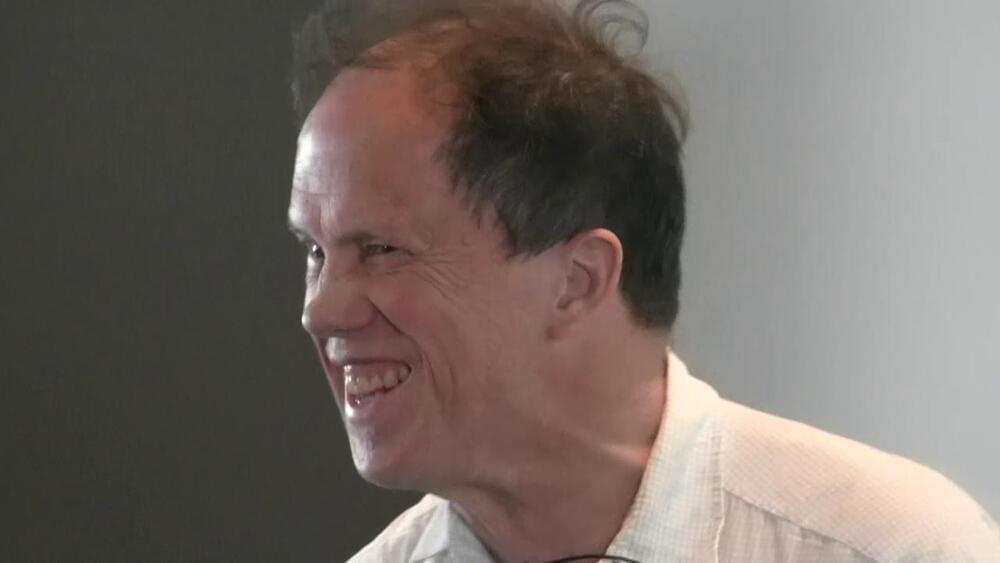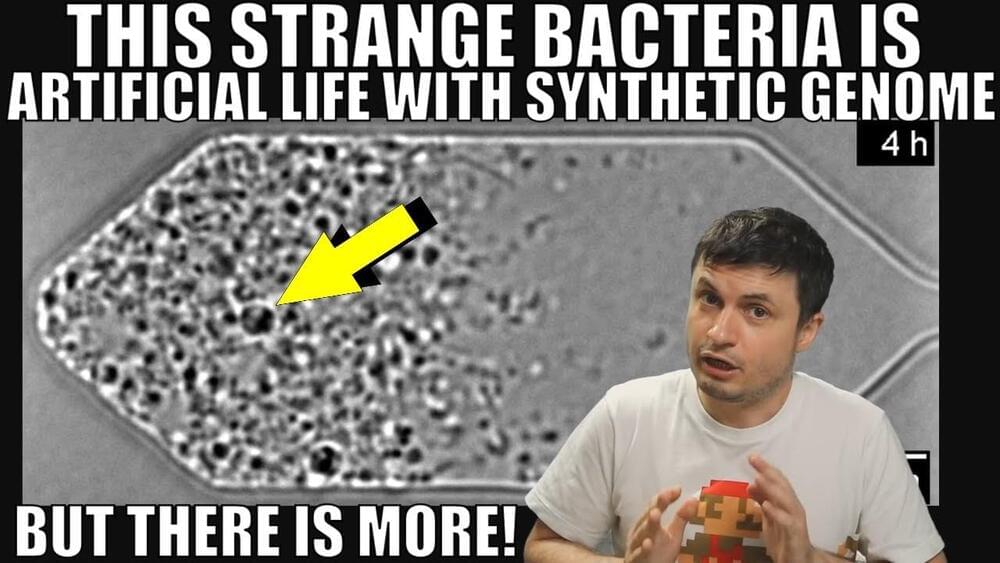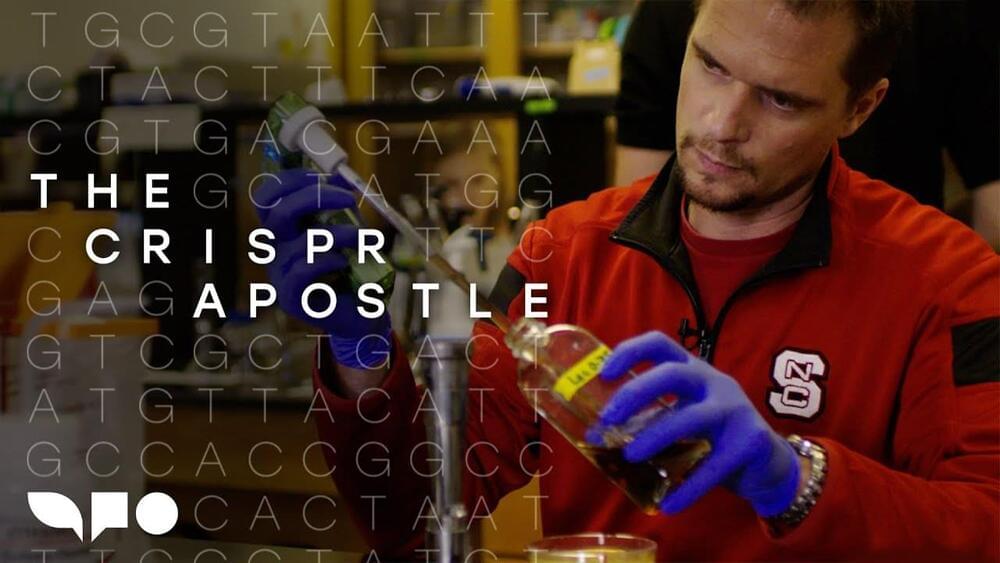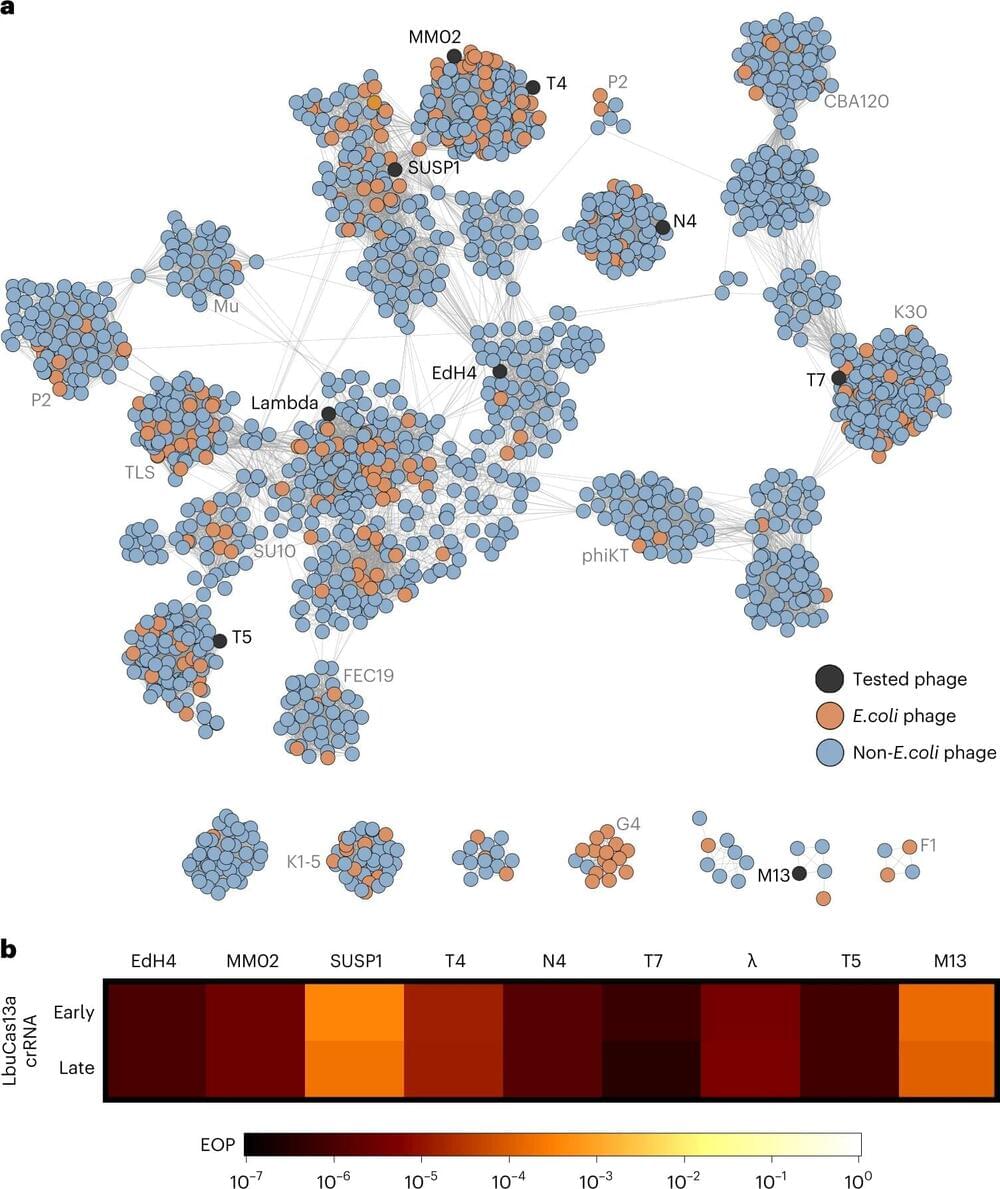Dec 14, 2022
Elon’s AGILE Takeover (of Twitter) | Experts don’t get Elon bc Experts don’t get AGILE!
Posted by Ken Otwell in categories: bioengineering, business, Elon Musk, sustainability, transportation
MSM and Experts fail to see the logic in how Elon Musk is taking over Twitter. They think it’s chaos, a mess, he’s out of his depth. But Elon is just working AGILE, and AGILE always seems like a mess to onlookers used to traditional work!
The video describes Elon’s Agile Takeover of Twitter and shows the opportunity worth BILLION$ that Elon Musk has ALREADY unlocked.
Please consider supporting the channel:
🔹Join my PATREON for Ad-Free Early-Access to videos plus Patreon-Exclusive newsletter: http://www.patreon.com/ConnectingODots.
🔹Become a YouTube channel member: https://www.youtube.com/ConnectingTheDotsOK/join.
🔹Or CLICK the THANKS🙏 BUTTON ABOVE
